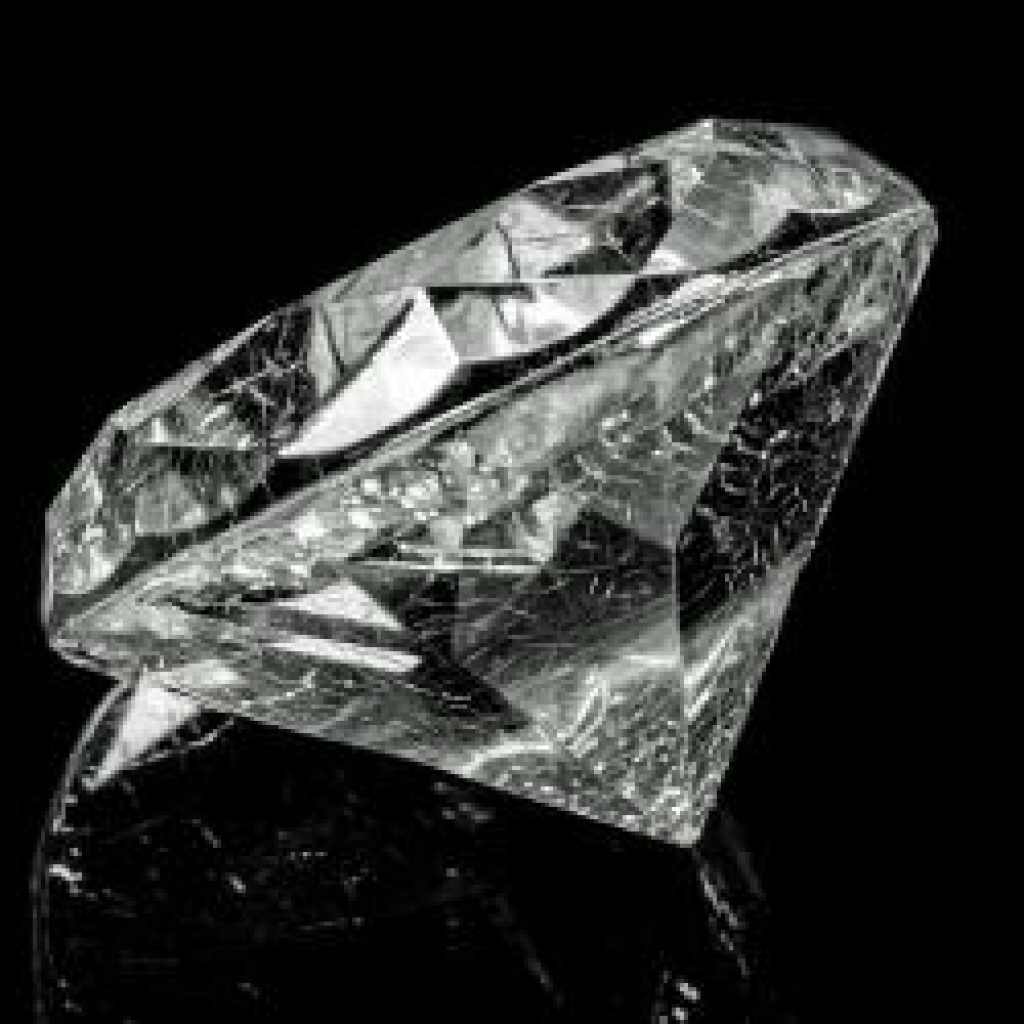(SciTechDaily) Scientists have forced a magnetic crystal into a spin liquid state by using two flat-top diamonds and a lot of pressure–which may lead to insights into high-temperature superconductivity and quantum computing.
The researchers took two small diamonds, put a small magnetic crystal between them and squeezeed them together very slowly to create a magnetic liquid, which seems counterintuitive. Liquids become solids under pressure, but not generally the other way around. But this unusual pivotal discovery, unveiled by a team of researchers working at the Advanced Photon Source (APS), a U.S. Department of Energy (DOE) Office of Science User Facility at DOE’s Argonne National Laboratory, may provide scientists with new insight into high-temperature superconductivity and quantum computing. Daniel Haskel, the physicist and group leader in Argonne’s X-ray Science Division (XSD) who led a research team through a series of experiments.
The results show that by applying slow and steady pressure, some magnetic materials can be pushed into a state similar to a liquid, in which the electron spins become disordered and magnetism disappears, while preserving the crystalline arrangement of the atoms hosting the electron spins. Researchers are confident they have created a spin liquid, in which the electron spins are disordered, but are not certain if those spins are entangled, which would be a sign of a quantum spin liquid.
If this is a quantum spin liquid, the ability to create one by this method would have wide implications. “Some types of quantum spin liquids can enable error-free quantum computing,” Haskel said. “A quantum spin liquid is a superposition of spin states, fluctuating but entangled. It’s fair to say that this process, should it create a quantum spin liquid with quantum superposition, will have made a qubit, the basic building block of a quantum computer.”
Counterintuitive Superconductivity and Quantum Computing Breakthrough: Using Pressure & Flat-Top Diamonds to Make Liquid Magnetism
